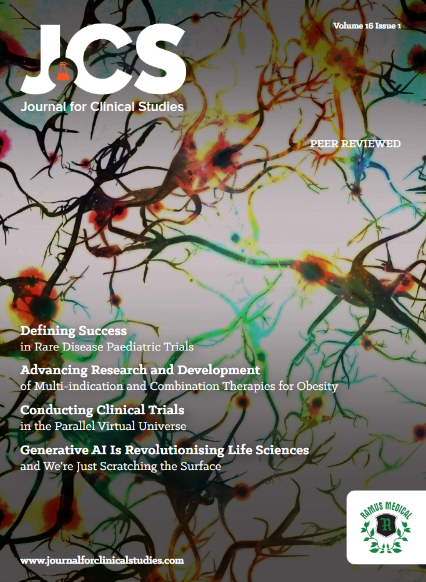Pharmaceutical and behavioural therapy treatments have successfully helped many patients manage symptoms of mental health conditions, such as major depressive disorder (MDD), posttraumatic stress disorder (PTSD), and schizophrenia, but patients who are refractory to those treatments have few options. The COVID-19 pandemic has only underscored this treatment gap, prompting an increasing number of individuals to seek treatment for depression. Jaime Polychrones at Clarivate analyses deep brain stimulation that can address suicide risk in individuals resistant to treatment.
Extract:
Deep Brain Stimulation Could Address Suicide Risk in Individuals Resistant to Treatment
Between 1999 and 2016, the number of suicide attempts in the US increased in most states. According to the Substance Abuse and Mental Health Services Administration, 25 states experienced a >30% increase. In 2018, the US saw 48,344 deaths from suicide, 46,510 of which were adults.
Pharmaceutical and behavioural therapy treatments have successfully helped many patients manage symptoms of mental health conditions, such as major depressive disorder (MDD), posttraumatic stress disorder (PTSD), and schizophrenia, but patients who are refractory to those treatments have few options. The COVID-19 pandemic has only underscored this treatment gap, prompting an increasing number of individuals to seek treatment for depression. Deep brain stimulation (DBS), a treatment that relies on a device and accompanying wires to target certain areas of the brain, may be a solution for some of these individuals.
The Current DBS Landscape
The National Institute of Neurological Disorders and Stroke (NINDS) of the National Institutes of Health (NIH) defines DBS as “a surgical procedure used to treat several disabling neurological symptoms” that “uses electrical stimulation to regulate electrical signals in neural circuits to and from identified areas in the brain to improve movement symptoms.” Multiple treatment sites in the brain have been proposed for refractory depression, according to Johns Hopkins University (JHU).
The US Food and Drug Administration (FDA) approved the first DBS device in 1997 for the suppression of tremors in certain patients. Since then, multiple device companies have developed and launched DBS devices for various indications. While DBS is currently only approved in the US to treat Parkinson’s disease, essential tremor, dystonia, obsessive-compulsive disorder (OCD), and, most recently, epilepsy, research continues on the use of DBS to treat mental health conditions. OCD was the first – and remains the only – psychiatric indication approved by the FDA for DBS.
Click the download button below to read the complete version of ‘Deep Brain Stimulation Could Address Suicide Risk in Individuals Resistant to Treatment’ by Jaime Polychrones at Clarivate















